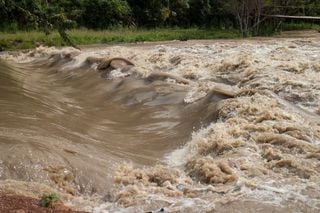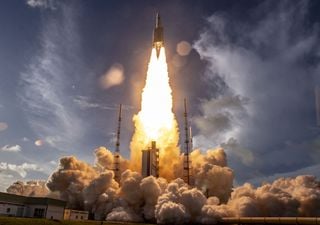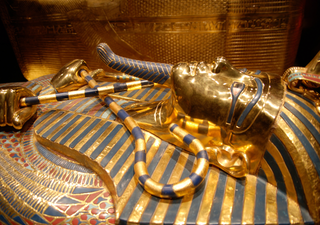New "surprise" species of organism that produces hydrocarbons named by graduate student
Microalgae thought to be one species is actually three, and it produces high amounts of hydrocarbons, bringing biofuel potential. What's more, the new species was discovered by accident during the Covid-19 pandemic by a graduate student!

Microalgae are small single celled organisms living in salt or freshwater, feeding on light itself. Macroalgae like seaweed are large algae visible with the naked eye, but microalgae are single celled.
Graduate student Devon Boland analysed a type of microalgae on his computer during the Covid-19 pandemic. What he found surprised him and experts in his field of science - the organism was not one species, but three. Though it is technically a plant, it undergoes the process of photosynthesis.
Biofuels
Even more intriguing is its ability to produce high amounts of hydrocarbons that can be utilised as a renewable fuel source as a form of biofuel.
The organism was previously thought to be one species but with three different races (A, B and L) which produce slightly different types of oils. Now, a 20-30% genetic difference between each race has been identified, warranting a classification of separate species.
Graduate student Boland, who compared the genomics, was given the opportunity to name the species. Boland, the graduate student shared the rare experience: “As a graduate student, you read papers that all say the same thing, that this is a single species with three chemical races, and you internalise it.”
“You start to think that must be right. No one has found otherwise, and all those scientists have had much longer careers than me — I’m just a kid. But I ended up getting to propose names for a species that were accepted for publication, which is something I never thought would happen.”
A bumpy road for the biochemistry study
Boland studied biochemistry in domains like protein engineering. His graduate thesis meant to see how Botryococcus braunii synthesises hydrocarbons. When the Covid-19 pandemic arose, Boland was concerned about losing time on this project and the delay on his graduation.
This led to Boland being given the opportunity to look deep into the genetic data of the microbiota using bioinformatic tools. “Having the genome of your organism of interest mapped out is always ideal in research because it allows you to more easily find genes and work to determine their functions,” Devarenne said.
After then using supercomputers at the Texas A&M High Performance Research Computing Center to run genomic comparisons, it became clear to Boland that these organisms were not the same species. “It was like everywhere we looked, things were different,” he reflected.
Community focus
But it is not only specific gene differences that make a separate species - it is a wide acceptance of a separate species as declared in the scientific community.
Bowland’s study published in PLOS One shares the findings involving over 100 other researchers who studied the microalgae in their own labs. PLOS One is an open access publisher, and publishing in an open-access journal allows the information to be widely available and for others to build off their work.
“It was important to us that the information was publicly available when it was ready to publish,” he said. “Science is community driven. The ultimate goal is always to further our collective knowledge, and I think that’s what we accomplished here.”
The genome sequences are also made fully available on the the National Center for Biotechnology Information website.
Source of the science news:
Boland et al (2024). Reclassification of Botryococcus braunii chemical races into separate species based on a comparative genomics analysis. DOI: https://doi.org/10.1371/journal.pone.0304144








